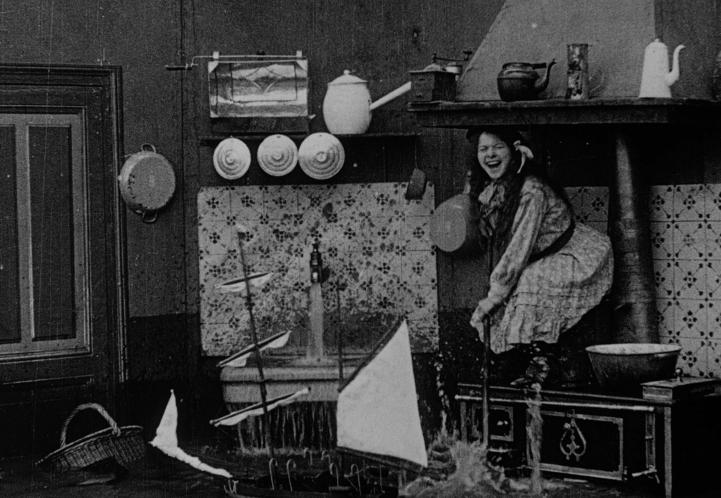Ride through the City of Sheffield 1902
Footage shot by Frank Mottershaw (?). P: Mitchell and Kenyan (?). UK 1902
“Apparently filmed from just behind the driver, this evocative tour takes in the London Road, the Moor, Pond’s Forge, Haymarket and Fargate: a three-mile journey. In these early days of electric trams (note the poles holding the wires) people happily hop on board while they’re moving, with the agility of Buster Keaton. Ninety years later, Sheffield would pioneer the return of urban tram systems.”
BFI Player
A Short Tram Journey through the Streets of Sheffield 1902
Footage shot by Frank Mottershaw (?). P: Mitchell and Kenyan (?). UK 1902
“Circumstantial evidence suggests that there may originally have been more footage than the two rolls of film that survive here. That would help explain some occasionally confusing geography in these items. The tram filming was among a clutch of jobs that Mitchell and Kenyon undertook in Sheffield for Ralph Pringle, one of their most frequent commissioners. Several of the resulting films survive in the Peter Worden Collection of Mitchell and Kenyon films preserved at the BFI. Pringle exhibited these films under his fancifully titled company name, the North American Animated Photo Company, to reportedly massive success in shows at the city’s Albert Hall. These would also include Sheffield footage shot by locally-based producer Frank Mottershaw, together with subjects of general interest.”
BFI Player

 Still:
Still: